Below is a really fascinating video about the Lendbreen tunic and its recreation. Definitely worth taking the time to watch if you are interested in early textiles!
|
Below is a really fascinating video about the Lendbreen tunic and its recreation. Definitely worth taking the time to watch if you are interested in early textiles!
0 Comments
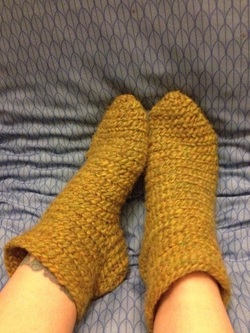 I am so thrilled right now. Finished my first pair of naalbinding socks (Oslo stitch). I learned a great deal over the last couple of weeks making these, and look forward to starting another pair this weekend. I need to do a few things differently with the next pair, but I am more than pleased with the results for my first go-around! I absolutely recommend this woman's videos for those who want to try this art for themselves! http://www.en.neulakintaat.fi/ I saw this weekend that there is a new book about the Hedeby textiles coming out. I am beyond excited about this! Textilien und Tracht in Haithabu und Schleswig. Die Ausgrabungen in Haithabu 18 can be found here: http://www.amazon.de/gp/product/3529014184?psc=1&redirect=true&ref_=od_aui_detailpages00 I usually add upcoming books, as well as legal downloads as they become available, to this blog, but I know that going back to search for them can be difficult so am going to paste a few of my favorite resources for free, legal material below. When one starts out doing research it can be confusing as to which books are work the expenditure and which are not. ILL is an amazing way to get a hold of older, rare books, but sometimes the wait is very long so below there are some fantastic things you can use for free! Pangur Press: This is the Anglo-Saxon Labratory's downloadable books and papers. Several of Penelope Walton Rogers most sought-after publications can be found here for free! http://www.aslab.co.uk/pangur-press/ Academia.edu has several "must read" authors as members: Marianne Vedeler, who covers Viking silks as well as other textile items: https://uio.academia.edu/MarianneVedeler Lise Bender Jorgensen has been covering Viking era textiles for decades. A few of her papers are here (including the excellent one about the pre-Viking era Lendbreen tunic): https://ntnu-no.academia.edu/LiseBenderJ%C3%B8rgensen Dagfinn Skre recently added his volumes of work on Kaupang (which are lovely enough that you will likely want to get the hard copies even if you opt to down load them): https://uio.academia.edu/DagfinnSkre Eva Andersson Strand has done a good deal of work concerning textile production at Viking sites and many of her papers are on Academia.edu. (I still recommend that you get her book Textile Tools for Production from Birka and Hedeby which is available at Oxbow Books.) https://ku-dk.academia.edu/EvaAnderssonStrand Individual Articles: Elizabeth Wincott Heckett is the author of the book Viking Age Headcoverings from Dublin (which is available in print again from Oxbow and I highly recommend this title which can be purchased here http://www.oxbowbooks.com/oxbow/viking-age-headcoverings-from-dublin.html ), but you can get her article "Irish Viking Age silks and their place in Hiberno-Norse society" by running a Google search on that title (the direct PDF download does not link well). The entire series of Viking publications can be downloaded here. I especially recommend the issue from 2011: https://www.duo.uio.no/handle/10852/37522 The Archaeology Data Service has a number of publications online as well. You have to do some searching but there is an amazing amount of material there: http://archaeologydataservice.ac.uk/archives/ Jstor is a research site for academic institutions, but they do let you look at many articles online (up to 3 at a time) if you do not have academic access. http://www.jstor.org/ And as always, I cannot recommend Mendeley enough for storing your documents and taking notes! https://www.mendeley.com/ In addition to updating some research (and the Resources tab on this page), as well as some of the materials and bibliography for the Viking Wool class that I am teaching this weekend, I think I can say I am grasping naalbinding. My first sock is done save for finishing the top. Second sock just needs the toe and heel. Aside from some videos on Oslo stitch, I have pretty much winged it and tried to do what seemed to intuitively work just to figure out the mechanics of this. It really does make sense now. I cannot wait to finish the second sock and then start a pair for my boyfriend. Yarn used is Alafoss Lopi wool from Iceland.
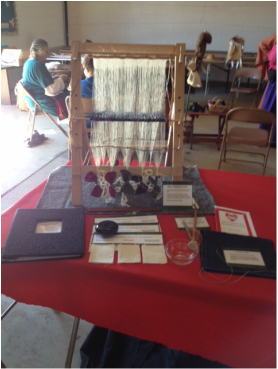 My Viking Era Norse linen display from Siege of Glengary 2014 My Viking Era Norse linen display from Siege of Glengary 2014 Over the last several years I have gotten many compliments not only on the work that I display at events, but also on the manner in which I present my work. It has even been suggested that I teach a class on displaying. Honestly, it is not something I would want to spend time instructing on (wool is much more interesting to me!). Additionally, I think that something like that might cause additional "display anxiety" that many new artisans already feel. Beyond that, it is easy to get lost in the idea of building an eye-catching display, rather than to utilizing it as a tool to better showcase one's own work. In my case, most of my larger projects are more research based. Those need something that is visual enough to catch someone's attention to get them over to the table to take a peek. For example, a 20 page, corner stapled, research paper would easily get passed over, but there are ways to dress it up that will help attract an audience. Below are some tips that I have found to be successful over the years for enhancing a display: Presentation Tips
Helping Your Audience Helps You
 Documentation
Below are some displays that very much worked for me in how they were presented. They made good use of both the space and visual tactics to showcase their wares. Displays from Pennsic A&S War Point Competition
Images of my own display materials
When we start out into a new area of costuming in the SCA, it is very common (and perfectly acceptable) to base your work on what other reenactors are doing or teaching, or on things you see people wearing at events. Sometimes we get hooked on a specific time or place and start to dig deeper into academic works and eventually start to reevaluate what we have been doing. Many things are open to interpretation, or reinterpretation, as time passes and more evidence becomes available.
As I start to base my work and my kit more on evidence and less on what other others are choosing to do, I really am seeing the importance of both looking closely at certain details in order to both avoid reenactorisms and to present the best image of what I think a woman of the Viking era would have worn. During this process, I am finding it very important to look at scale of certain items and equally important to look at scaling back some other things. Below are things that I am working on or towards in my own upper class Viking kit: Scale
Scaling Back
I love discovering new knowledge and love the process of recreating my presentation based on that. I look at some of my early works and see that there is little to no evidence to support choices I made, but I still learned a great many things as I crafted each item. I just as much look forward to new directions (and new garb)! |
About Me
I am mother to a billion cats and am on journey to recreate the past via costume, textiles, culture and food. A Wandering Elf participates in the Amazon Associates program and a small commission is earned on qualifying purchases.
Archives
July 2024
Categories
All
Blogroll of SCA & Costume Bloggers
Below is a collection of some of my favorite places online to look for SCA and historic costuming information.
More Amie Sparrow - 16th Century German Costuming Gianetta Veronese - SCA and Costuming Blog Grazia Morgano - 16th Century A&S Mistress Sahra -Dress From Medieval Turku Hibernaatiopesäke Loose Threads: Cathy's Costume Blog Mistress Mathilde Bourrette - By My Measure: 14th and 15th Century Costuming More than Cod: Exploring Medieval Norway |
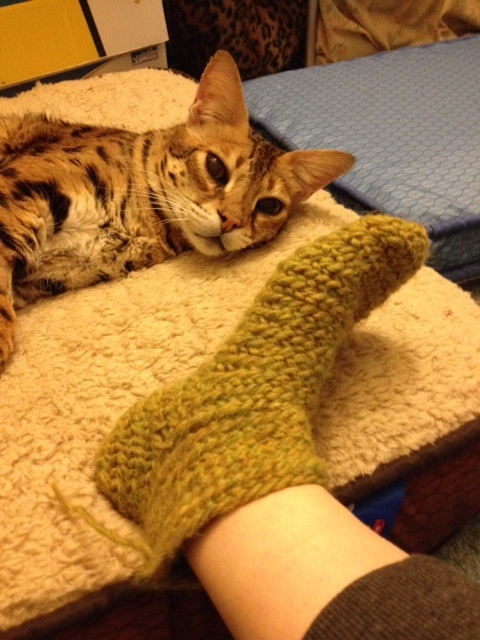
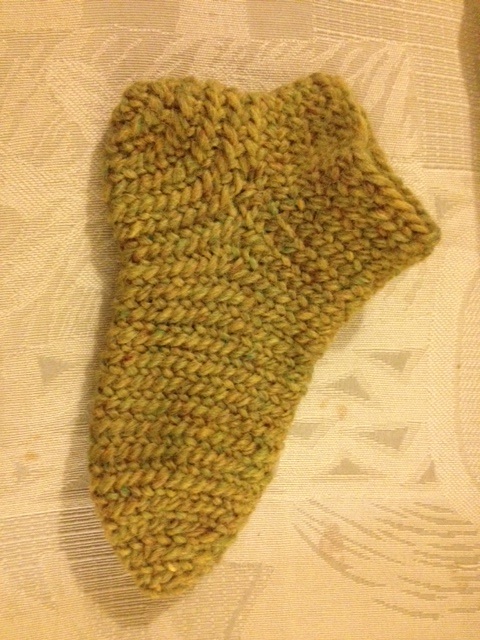
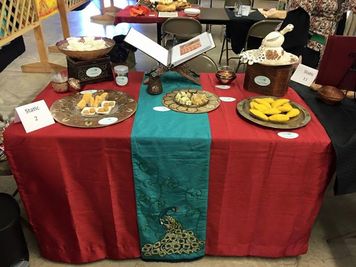

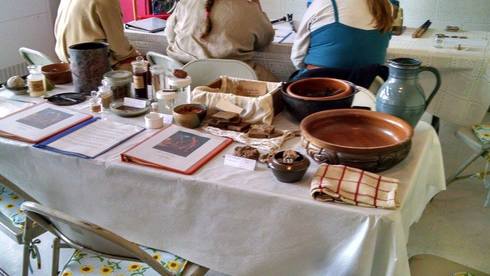
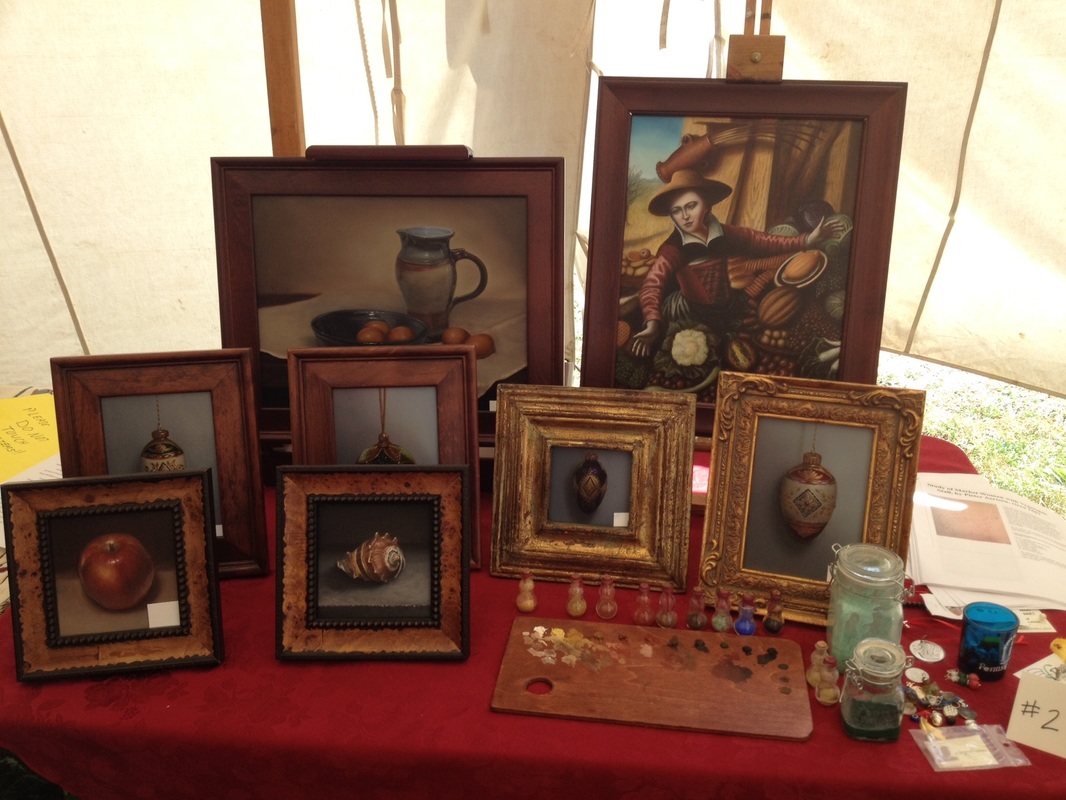
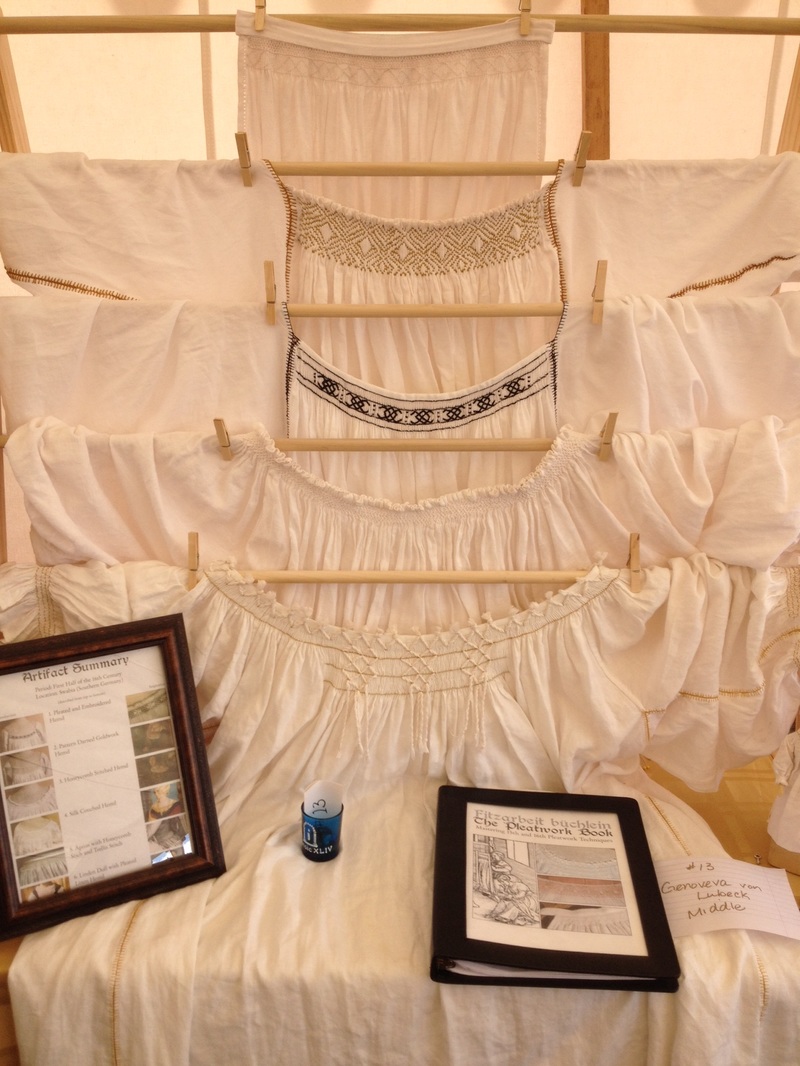
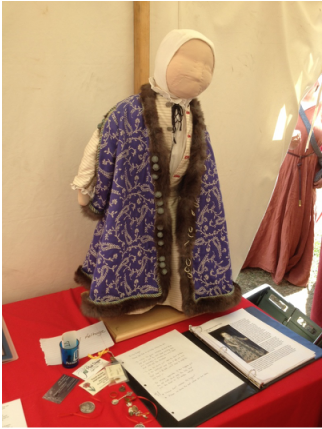
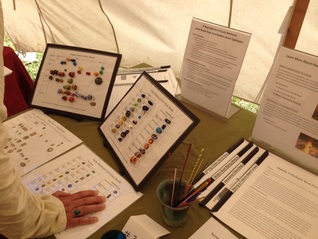
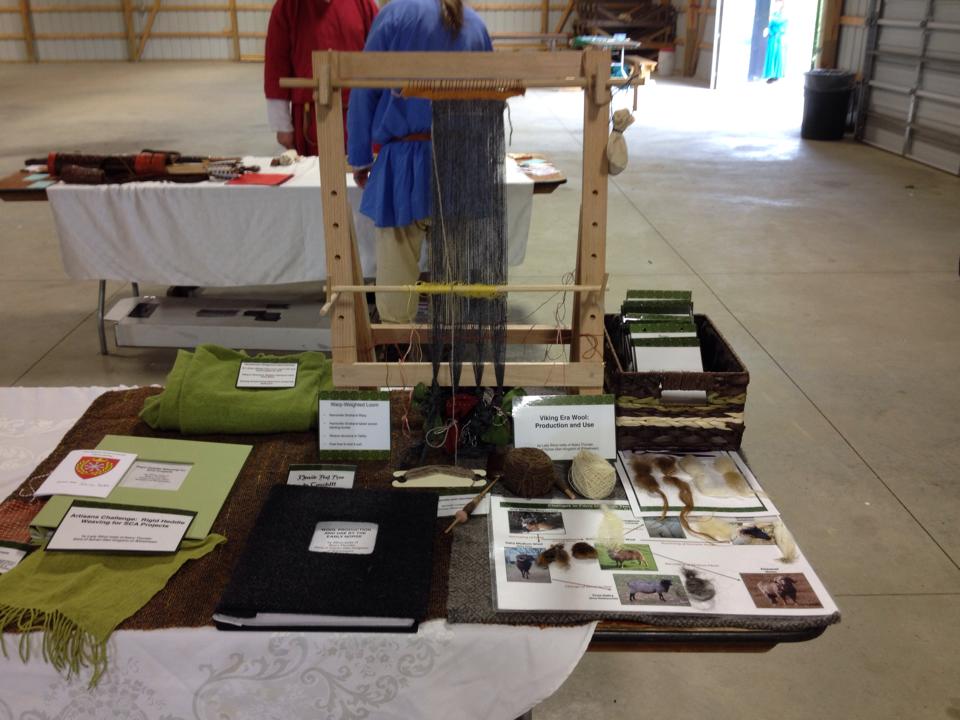
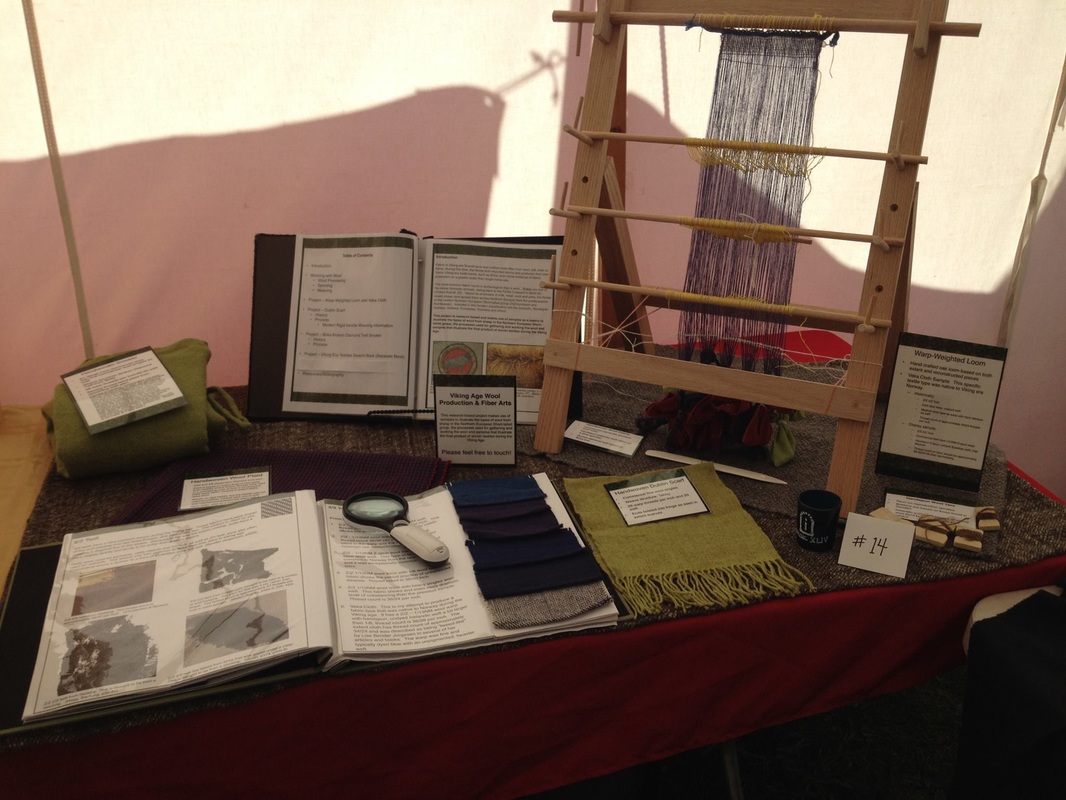
 RSS Feed
RSS Feed